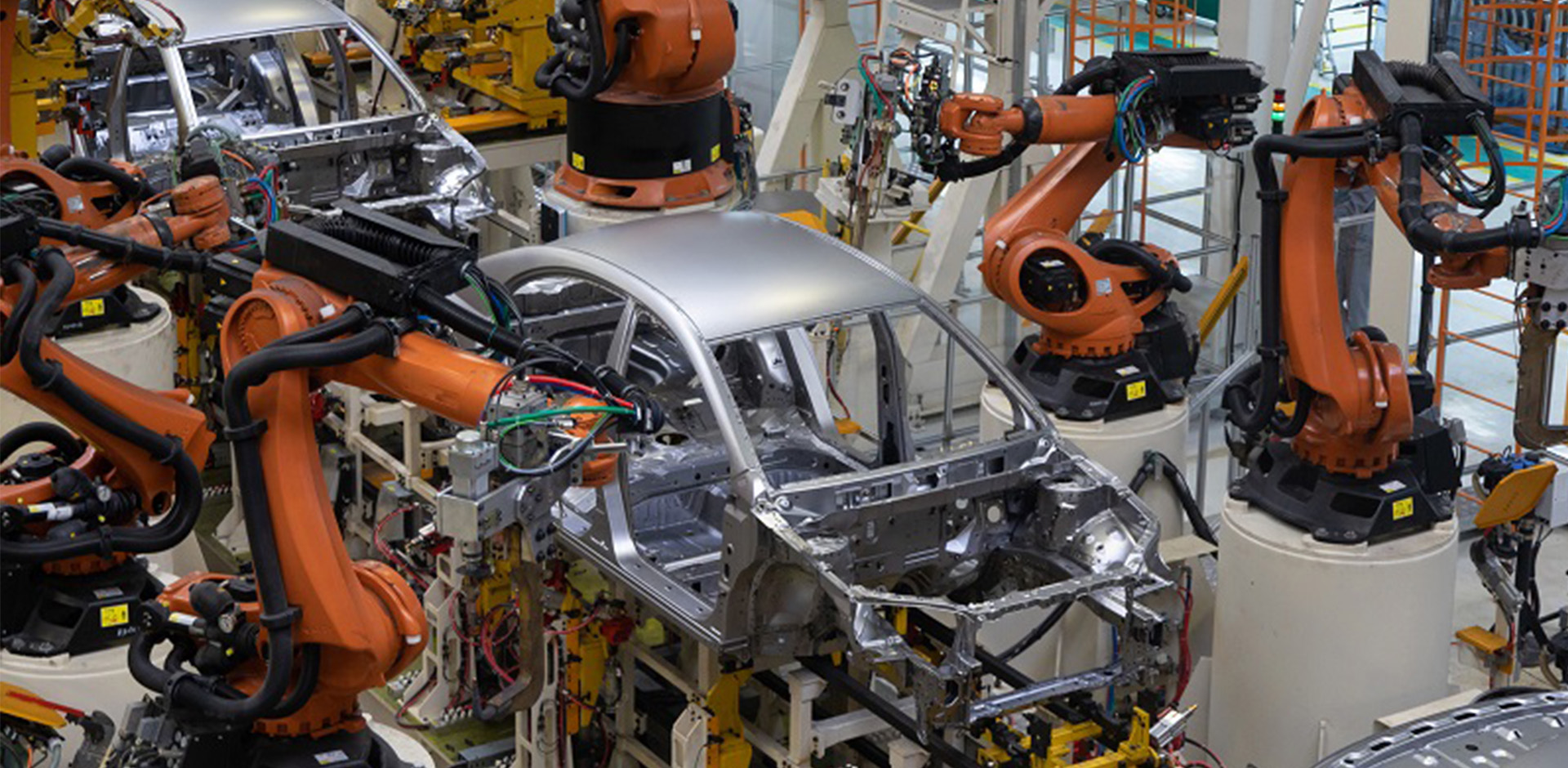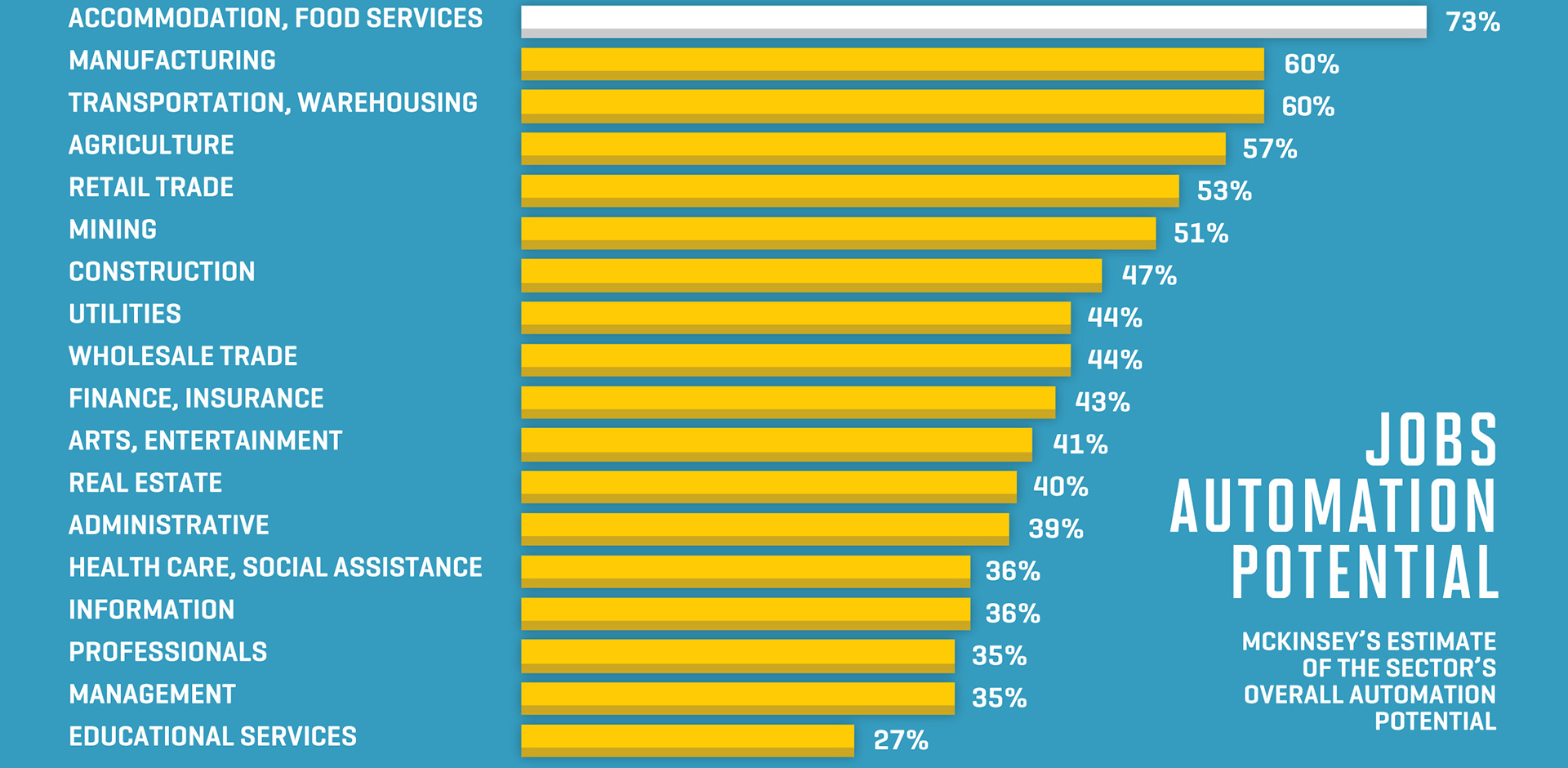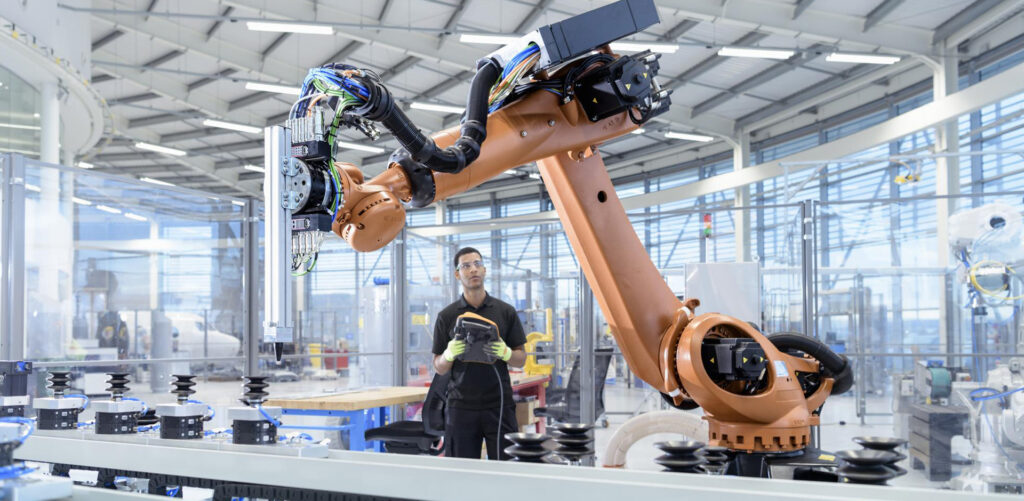The world of work is changing rapidly. Automation is replacing jobs at an alarming rate, and many people are worried about what the future holds for their employment. In this article, we will explore the future of work and how automation will change our jobs.
We will discuss the benefits of automation, as well as the potential risks. We will also look at some of the ways that automation is already being used in the workplace, and how it could be used in the future.

Benefits of automation:
There are many potential benefits to automation. Automation can help to improve productivity, efficiency, and safety in the workplace. It can also free up workers to focus on more creative and strategic tasks.
Risks of automation:
However, there are also some potential risks associated with automation. For example, automation could lead to job losses, as machines become capable of doing the work that was once done by humans. It could also lead to a widening gap between the rich and the poor, as those who own the automation technology benefit, while those who do not are left behind.

How automation is already being used:
Automation is already being used in many ways in the workplace. For example, automation is used to control robots in factories, to sort mail, and to answer customer service calls. It is also used to automate tasks in the healthcare industry, such as scheduling appointments and managing patient records.
How automation could be used in the future:
In the future, automation could be used to create even more amazing and life-changing technologies. For example, automation could be used to develop self-driving cars, create personalized education programs, and even provide companionship for the elderly.
The future of work is uncertain, but it is clear that automation will play a major role. It is important that we understand the potential benefits and risks of automation so that we can prepare for the changes that are coming.








